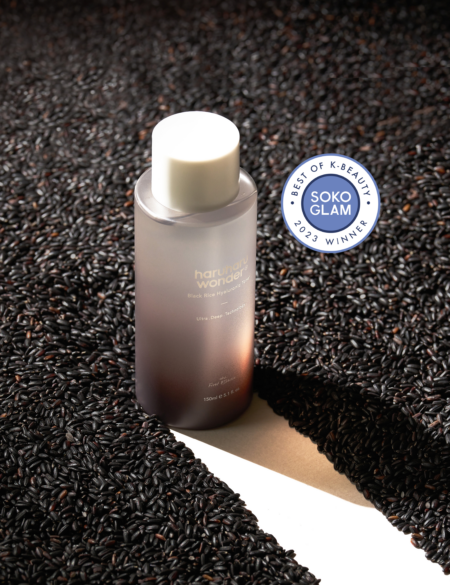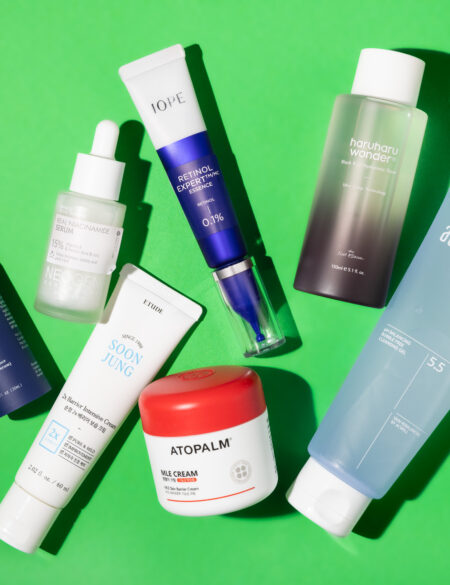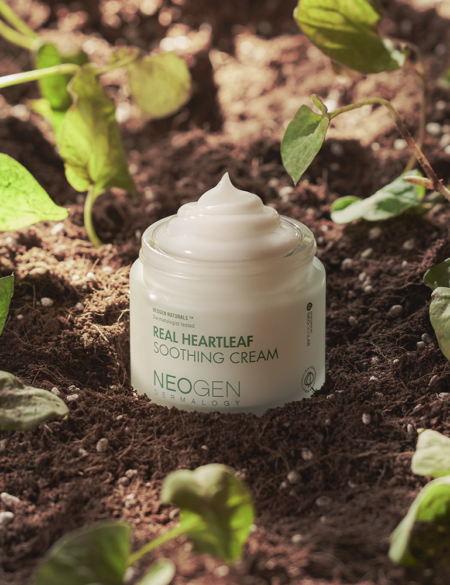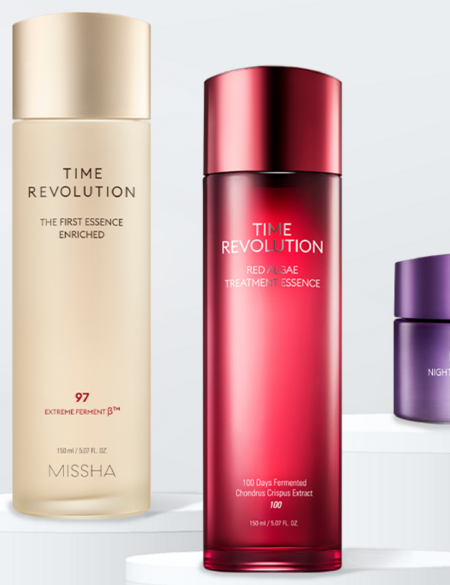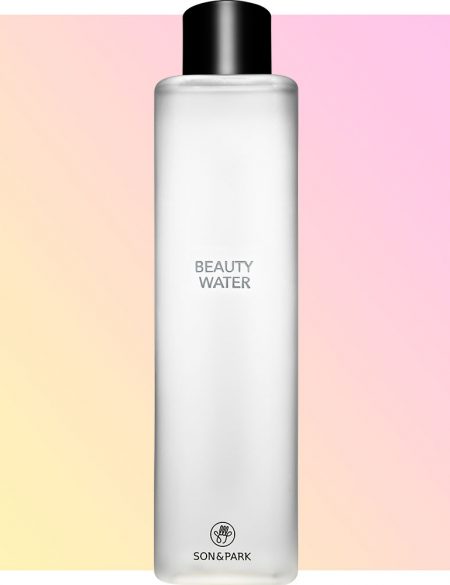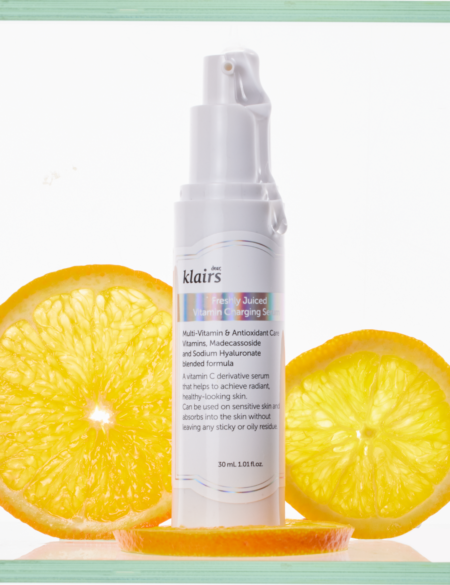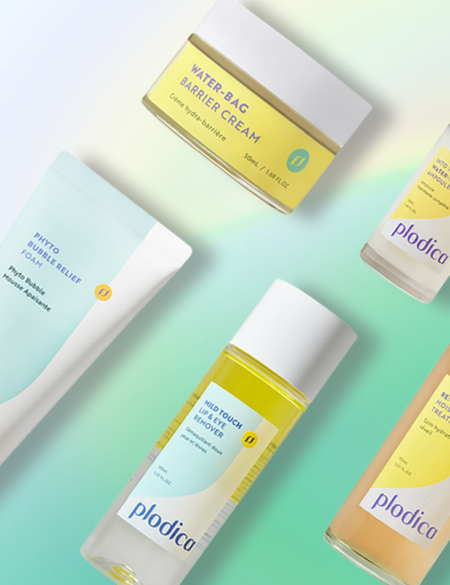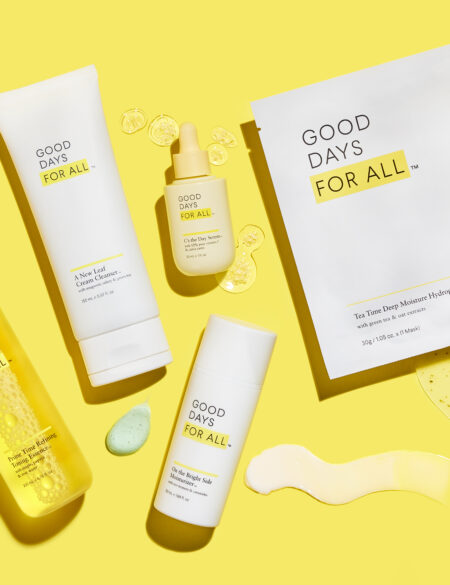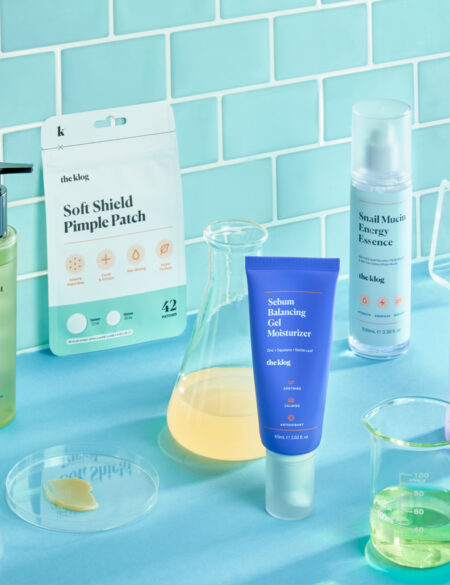Learn what PIH is and the best ways to treat it.
So the monster zit on your chin has stopped being red and angry, your face is finally flat again, there’s no nasty scabby skin. But suddenly there’s a brown mark that won’t go away, and it’s been around for weeks. Congratulations! You’ve scored yourself some post-inflammatory hyperpigmentation.
What is Post-Inflammatory Hyperpigmentation?
Post-inflammatory hyperpigmentation, commonly abbreviated as PIH, is the abnormal pigment that rears its head after your skin’s suffered from inflammation or trauma. It can happen after acne, eczema, allergic reactions, burns, or even after chemical peels, laser resurfacing or retinoid treatments. Most often you’ll see PIH as flat brown marks where the inflammation occurred. Depending on how lucky you are, it can go away in a few weeks… or it can hang around for up to two years!
PIH is a common issue, especially in people with darker skin, as well as Asians with lighter skin. One way to see if you’re a likely candidate for developing PIH is to check if your knuckles are darker than the rest of your skin.
How to Prevent PIH?
Like many things in the realm of skin care, preventing PIH is much easier than treating it. Here’s what you can do to reduce PIH:
1. Don’t pick at your skin
Picking at spots may make them go away faster if you’re lucky, but it also spreads the inflammation and makes it more severe. This will eventually cause more PIH than you would’ve gotten originally. Instead, use gentle options to clear up your breakouts, like hydrocolloid bandages and salicylic acid treatments.
2. Ask about preventative measures before a cosmetic procedure
If you’re about to undergo a procedure with a risk of PIH like intensive peels, laser resurfacing or surgery, make sure you ask your doctor about preventative options. Starting on treatments like tretinoin before a procedure can decrease pigment production preemptively so even if PIH occurs, it’ll end up less severe.
3. Be cautious with irritating skin care
Treatments like alpha hydroxy acids (AHAs) and retinol have incredible anti-aging abilities, but they tend to be irritating to skin, which means they can induce inflammation and possible PIH. Start slowly on these sorts of actives, only introduce one product at a time, and make sure you slow down immediately if irritation occurs. This is especially important if you have sensitive skin.
4. Always use sun protection
UV exposure increases pigmentation, and PIH is no exception. Use a broad spectrum sunscreen with both UVA and UVB protection every day to speed up the fading of your PIH, and use hats and seek shade to block out direct sunshine on problem areas.
5. Treat PIH with non-irritating treatments
Don’t try to scrub away the PIH spots! You’ll only make the inflammation worse. Instead, use a topical cream that specifically targets excess pigment. Some of the prescription ingredients that you can talk to your doctor about include mequinol, tretinoin, and azelaic acid. There are also some over-the-counter active ingredients that are worth trying: ascorbic acid (vitamin C), licorice extract (liquirtin), kojic acid and arbutin.



